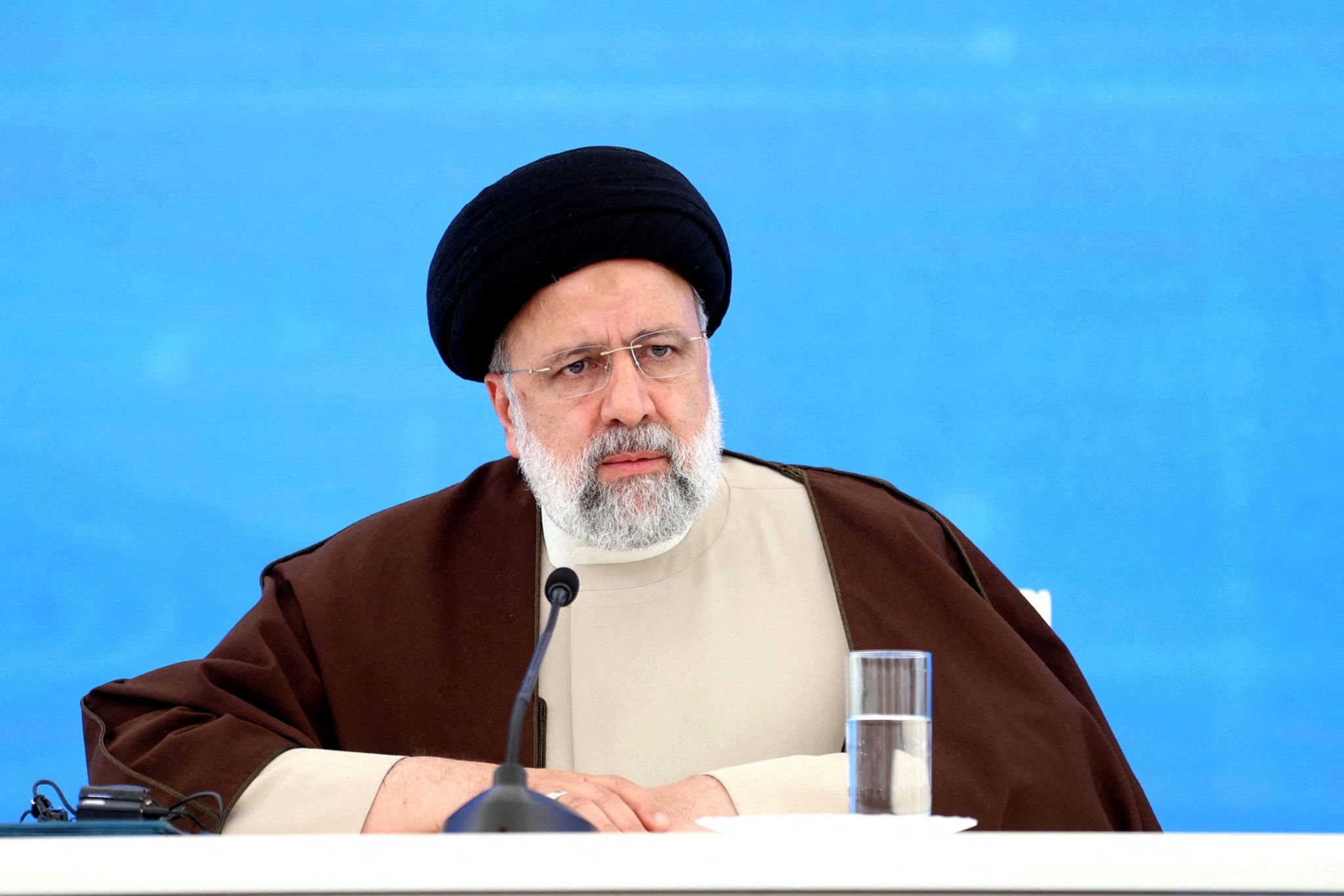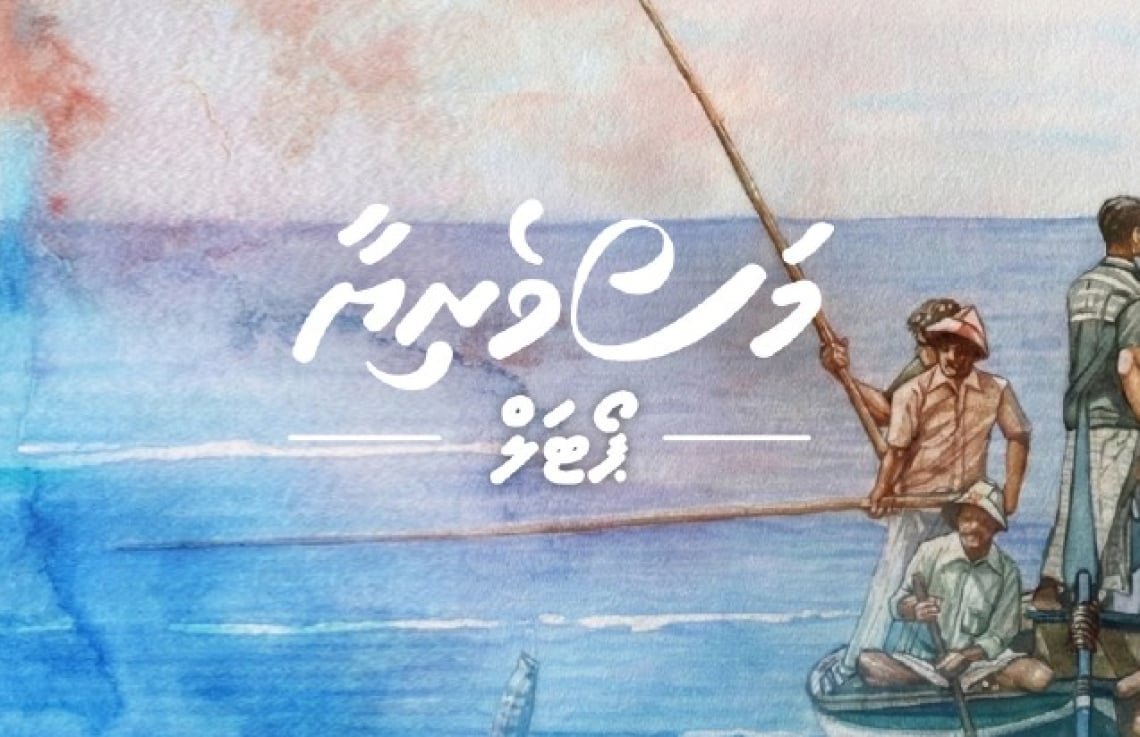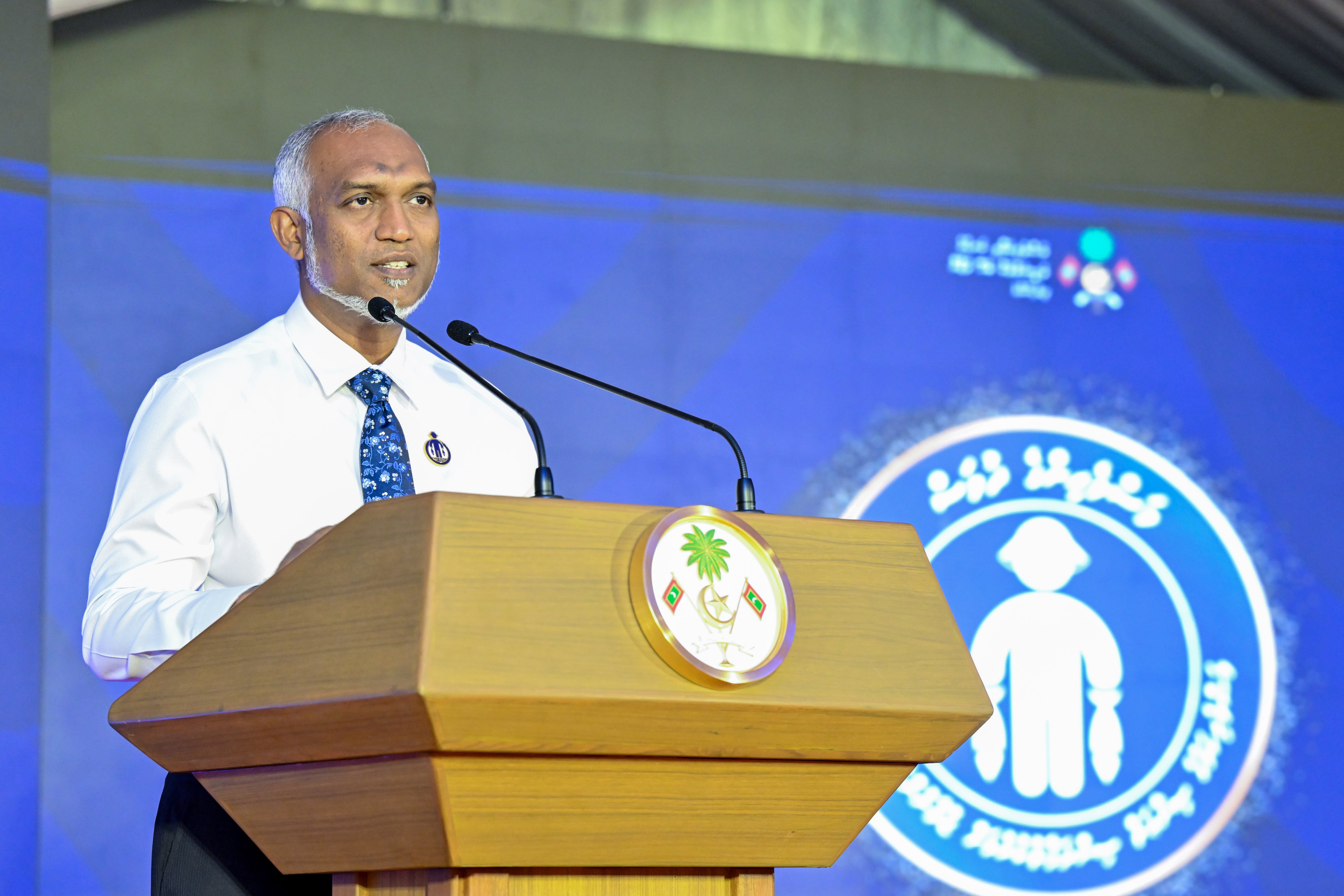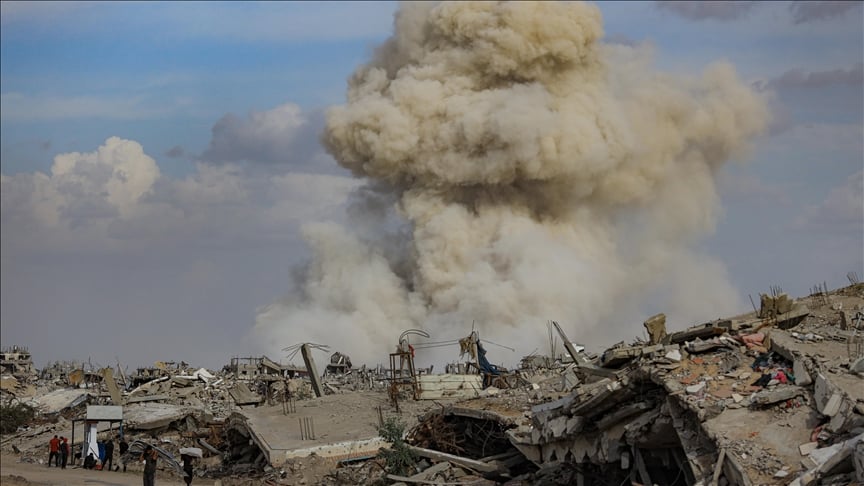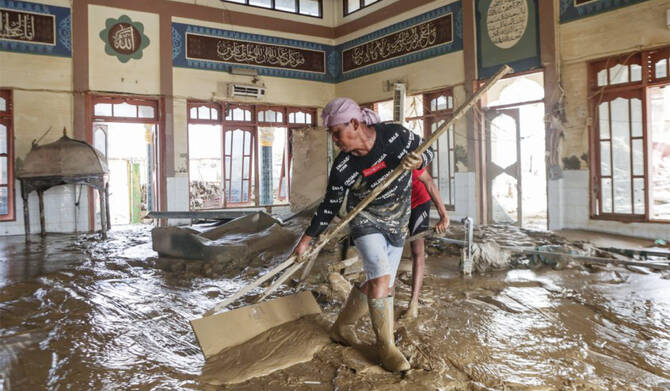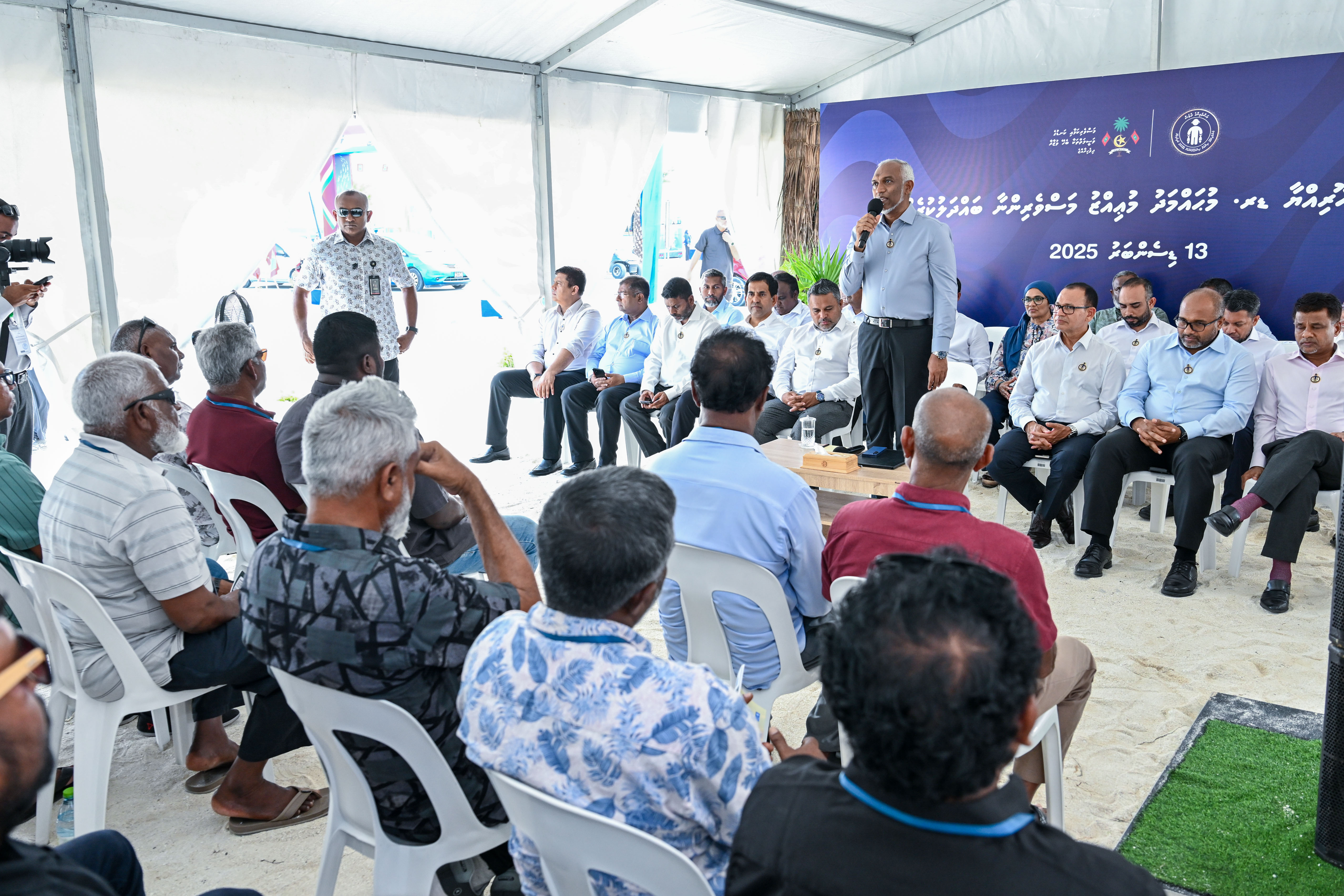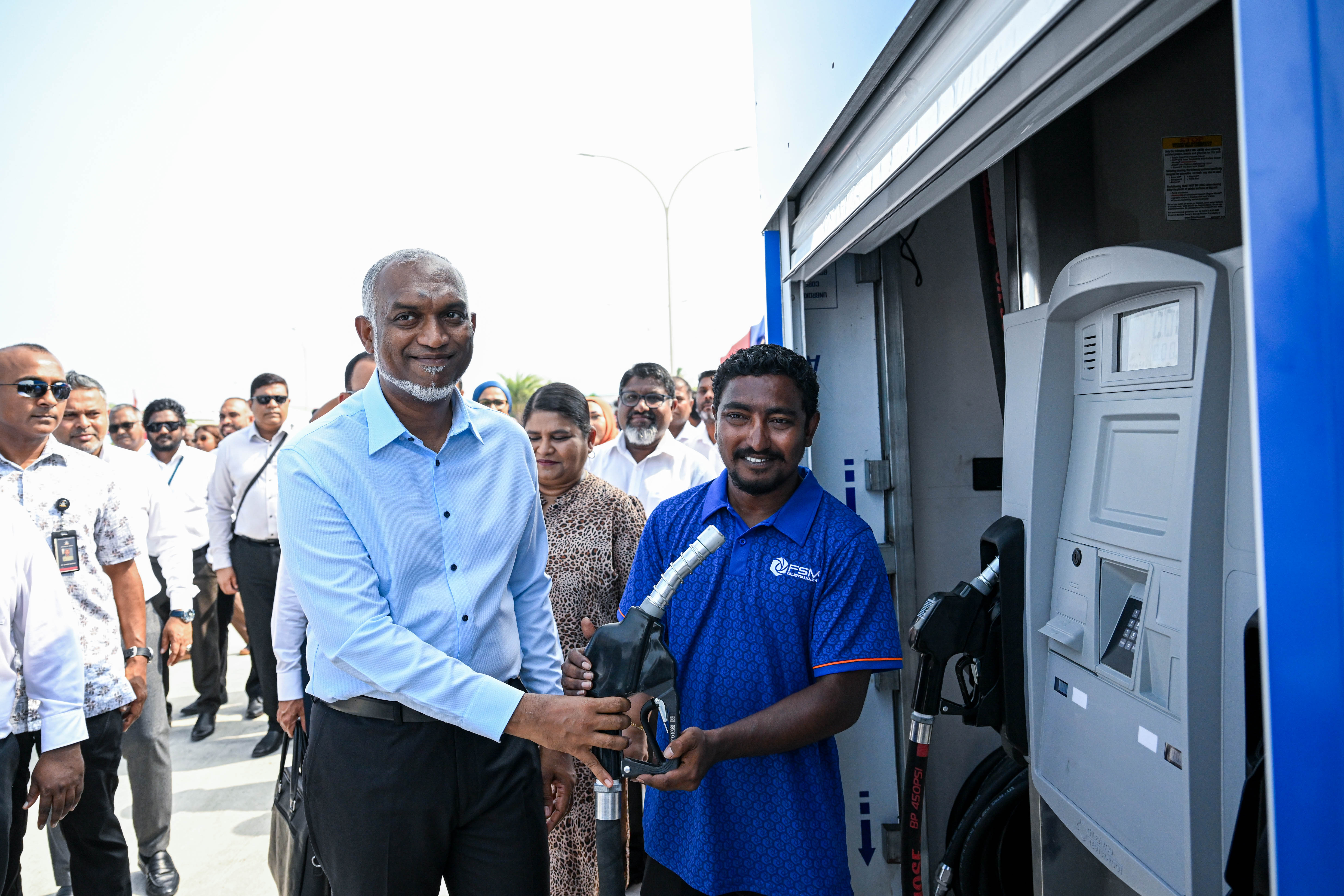In a tragic incident, Iranian President Ebrahim Raisi, the country's foreign minister, and several other officials were found dead at the site of a helicopter crash on Monday. The crash occurred in a foggy, mountainous region in northwest Iran, according to state media reports. President Raisi was 63 years old.
The crash comes amid heightened tensions in the Middle East, particularly due to the ongoing Israel-Hamas conflict. Just last month, under Supreme Leader Ayatollah Ali Khamenei, Raisi launched an unprecedented drone-and-missile attack on Israel. Raisi's administration also enriched uranium to near weapons-grade levels, escalating tensions with the West, and supplied drones to Russia for its war in Ukraine.
State TV provided no immediate cause for the crash, which occurred near Jolfa in Iran's East Azerbaijan province. Among the dead was Iranian Foreign Minister Hossein Amirabdollahian, 60. The helicopter was reportedly making a "hard landing" when the accident happened. Conflicting reports about the exact location and details of the incident emerged, but it was later confirmed that the crash site was found after hours of searching.
Rescue operations were hampered by poor weather conditions, including heavy rain and fog. Turkish authorities released drone footage showing a fire they suspected to be the wreckage of the helicopter. State media showed images of the crash site, located in a steep, mountainous area. Soldiers speaking in the local Azeri language confirmed the discovery of the wreckage, stating there were no signs of survivors.
Supreme Leader Khamenei and other religious leaders urged the public to pray for those lost in the crash. Crowds gathered at mosques and public spaces across Iran, with state TV broadcasting prayers non-stop. In Tehran, mourners watched videos of Raisi praying, some visibly weeping. Khamenei emphasized that the government would continue to function, with Vice President Mohammad Mokhber temporarily assuming presidential duties.
President Raisi's death leaves a significant void in Iran's political landscape. Known for his hardline policies, Raisi had been seen as a potential successor to Khamenei. His tenure was marked by controversial actions, including severe crackdowns on protests and aggressive foreign policy stances. The crash represents a critical juncture for Iran, as the nation navigates ongoing internal and external challenges.
The crash comes amid heightened tensions in the Middle East, particularly due to the ongoing Israel-Hamas conflict. Just last month, under Supreme Leader Ayatollah Ali Khamenei, Raisi launched an unprecedented drone-and-missile attack on Israel. Raisi's administration also enriched uranium to near weapons-grade levels, escalating tensions with the West, and supplied drones to Russia for its war in Ukraine.
State TV provided no immediate cause for the crash, which occurred near Jolfa in Iran's East Azerbaijan province. Among the dead was Iranian Foreign Minister Hossein Amirabdollahian, 60. The helicopter was reportedly making a "hard landing" when the accident happened. Conflicting reports about the exact location and details of the incident emerged, but it was later confirmed that the crash site was found after hours of searching.
Rescue operations were hampered by poor weather conditions, including heavy rain and fog. Turkish authorities released drone footage showing a fire they suspected to be the wreckage of the helicopter. State media showed images of the crash site, located in a steep, mountainous area. Soldiers speaking in the local Azeri language confirmed the discovery of the wreckage, stating there were no signs of survivors.
Supreme Leader Khamenei and other religious leaders urged the public to pray for those lost in the crash. Crowds gathered at mosques and public spaces across Iran, with state TV broadcasting prayers non-stop. In Tehran, mourners watched videos of Raisi praying, some visibly weeping. Khamenei emphasized that the government would continue to function, with Vice President Mohammad Mokhber temporarily assuming presidential duties.
President Raisi's death leaves a significant void in Iran's political landscape. Known for his hardline policies, Raisi had been seen as a potential successor to Khamenei. His tenure was marked by controversial actions, including severe crackdowns on protests and aggressive foreign policy stances. The crash represents a critical juncture for Iran, as the nation navigates ongoing internal and external challenges.





